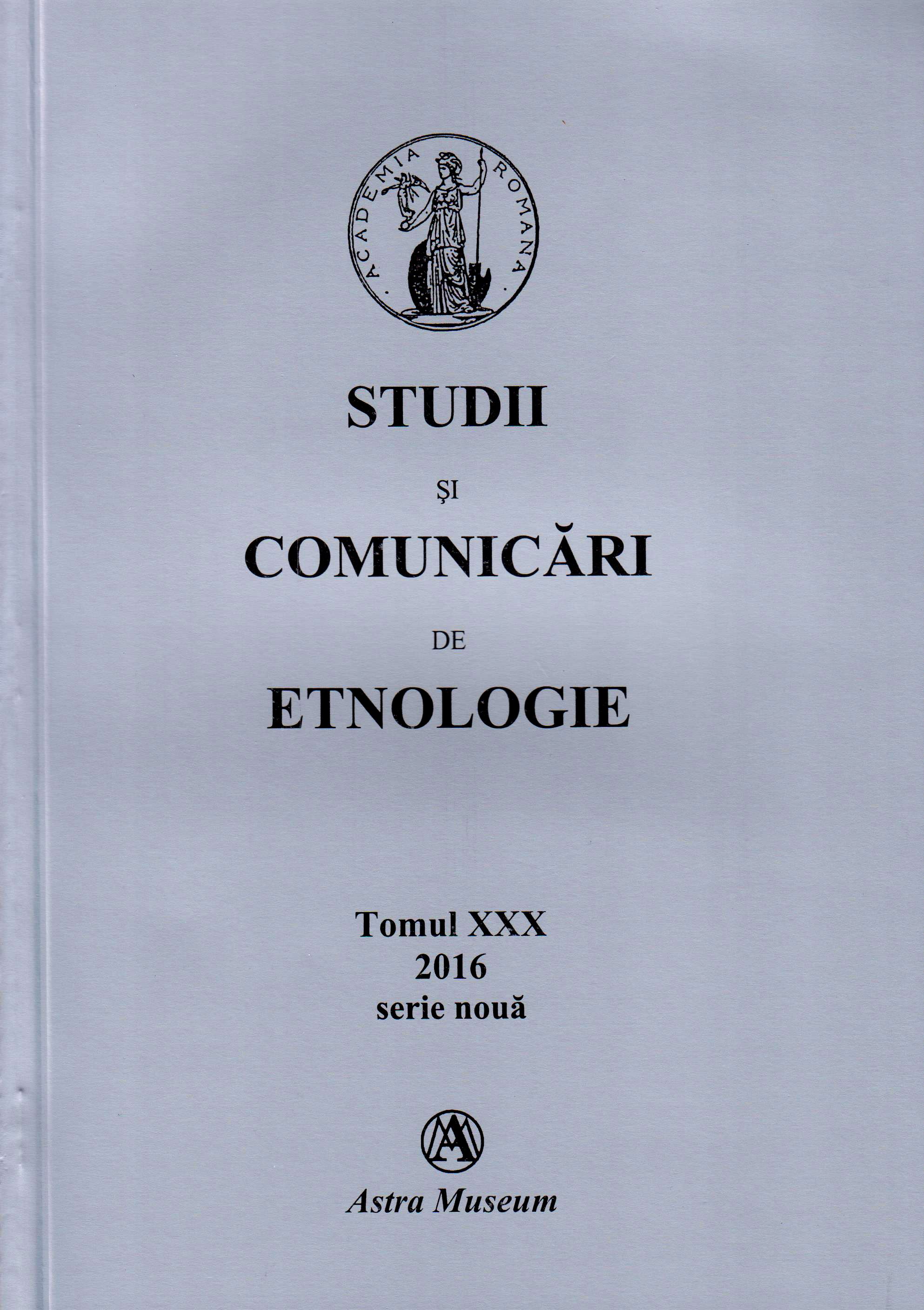Lisna la huțulii din Bucovina. Relectura unor materiale de teren
“Lisna” ('she on the forest') at the Bukovinian Hutsuls. Reareading some fieldwork materials
Author(s): Maria BozanSubject(s): Anthropology, Social Sciences, Local History / Microhistory
Published by: ASTRA Museum
Keywords: Lisna; forest; Bukovina; fieldwork materials; Hutsul villages.
Summary/Abstract: In 1998, the Bukovina Folk Customs Museum, with the support of the Ministry of Culture, organised a campaign of ethnographical field research in several villages with Hutsul population in the Suceava department. A large inquiery was intended, in order to furnish increased knowledge about some important cultural aspects of the Hutsul villages, like settlement and occupations, customs and various traditions. The topic of the legendary character “lisna” (meaning 'she on the forest'), a 'she-devil' of the forest belonging to the group of demons, was merely an marginal exploratory research. However, taking into account the real interesting nature of the issue, some of the results obtained during the fieldwork were presented publicly and interpretated. The semantic and symbolic aspects were especially exploited, as being able to delineate the representation of this legendary figure. The objective of the present communication is to describe some observations that emerged as a result of a recent reexamination of the reports, conversations and narratives extracted on that occasion. The commentary implies the use of some analytical categories specific to the folk narratives. Coming out directly from the nature of the texts registered in the field, the interest is focussed on the analytical category of memorate, in the sense that the folklore scholars (von Sydow, Honko, Dégh etc.) gave to this word. The term is defined in direct conjunction with the border categories and applied to a small number of conversations recorded in 1998. Some examples are given, with special attention of analysis devoted to two aspects: structure and formal characteristics, and functional analysis of the contents. Finally, the paper suggests some of the prospects that such a reading can open for future research of the subject regarded as a case analysis.
Journal: STUDII ŞI COMUNICĂRI DE ETNOLOGIE
- Issue Year: XXX/2016
- Issue No: 30
- Page Range: 74-85
- Page Count: 12
- Language: Romanian
- Content File-PDF

